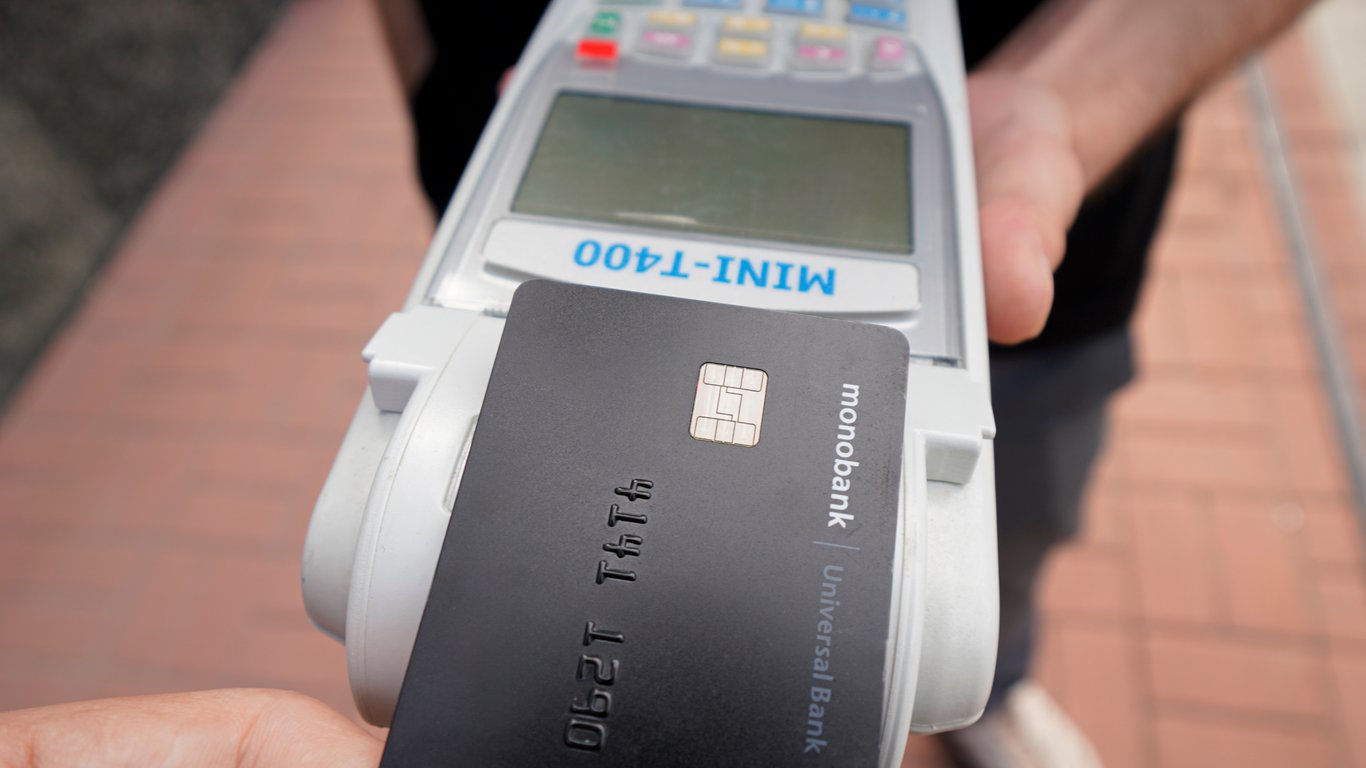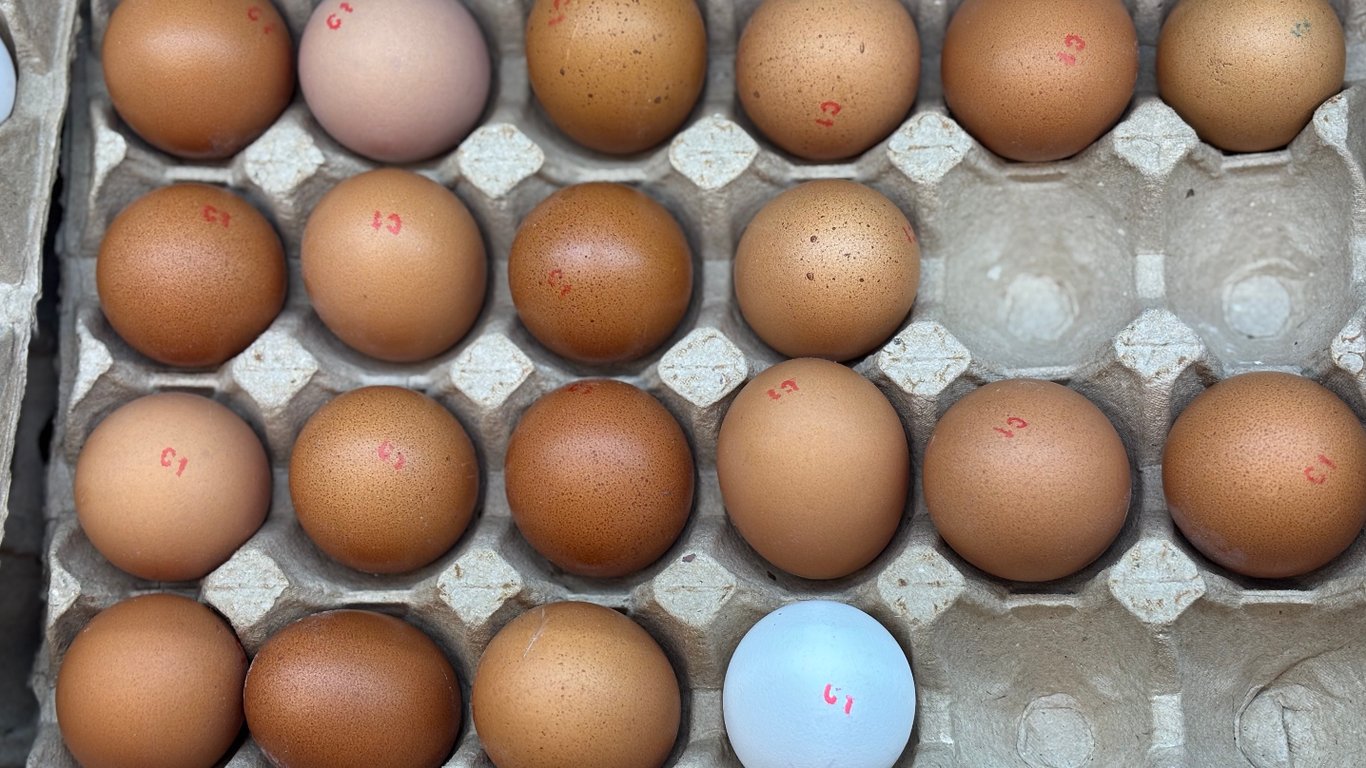What Determines the Dollar Rate in Simple Terms.

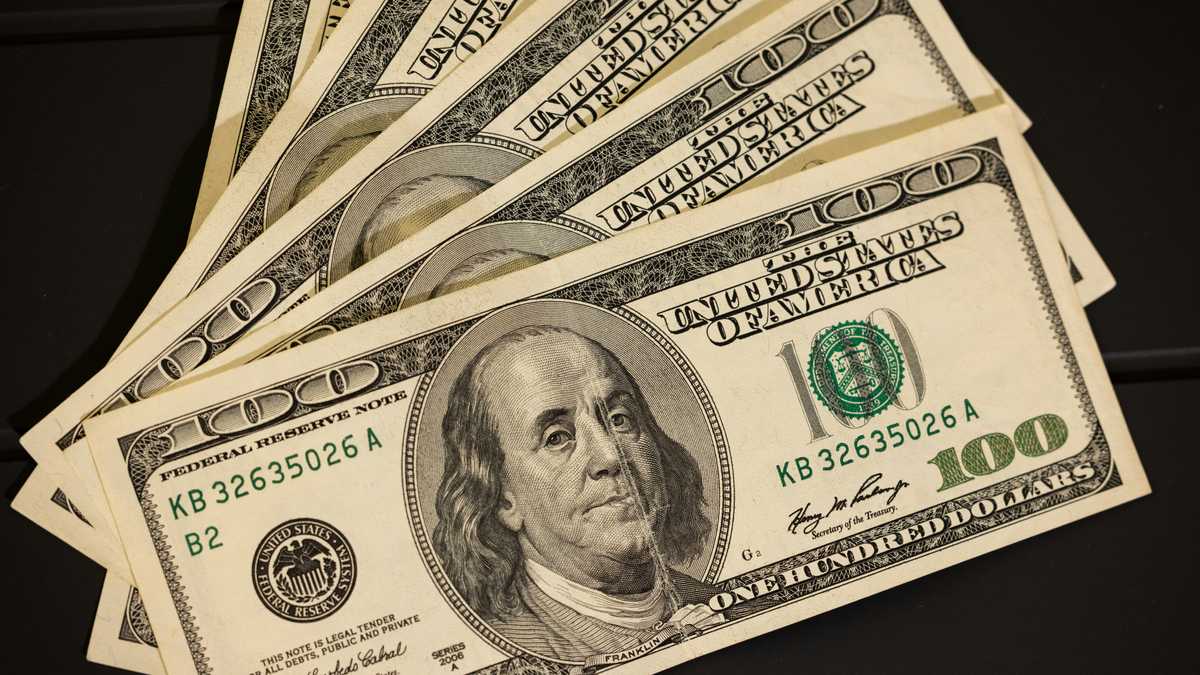
The dollar exchange rate, especially in recent years, is incredibly unstable. And while this currency rises, others, which are less secure, depreciate. Therefore, the question of what determines the dollar rate is quite relevant at any Time.
When analyzing what the dollar rate depends on, it is worth considering several factors at once. One cannot deny the interconnection between the dollar and other currencies. After all, there is no exchange rate that is isolated, and the dollar is no exception in this context.
What Determines the Value of the Dollar?
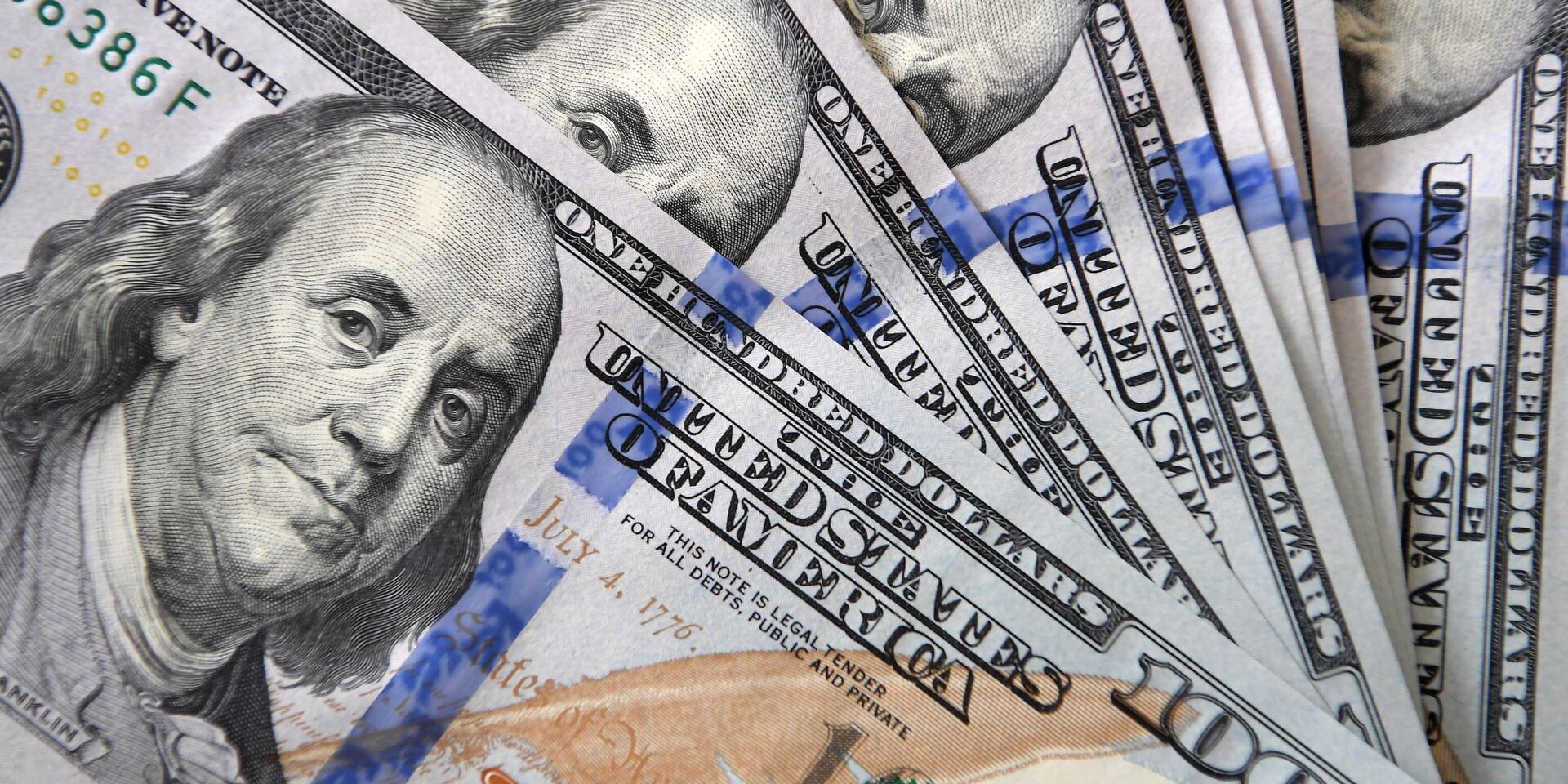
The system that determines the increase in the dollar is not that complicated. Although many find it complex and even incomprehensible. If we simplify the entire process of what influences its growth or decline, then a number of factors affect the dollar rate directly:
-
The economic situation in the USA. If the US economy is growing, it attracts investors, which increases demand for the dollar and can elevate its rate.
-
A low unemployment rate in the USA indicates a strong economy and can strengthen the dollar.
-
Interest rates. There is a Federal Reserve System (FRS). When it raises rates, investments in the dollar become more profitable. This can also impact the overall dollar rate.
-
Inflation. High inflation in the USA reduces the purchasing power of the dollar and can weaken its rate. Low inflation supports its stability. Thus, there is a direct relationship between inflation and the dollar rate.
-
Political stability. A stable political situation in the USA contributes to the strengthening of the dollar, while instability can weaken it.
One cannot ignore global events since the dollar is one of the leading currencies in the world. Economic and political events in other countries can also affect the dollar rate. Any global crisis can lower or increase the demand for the dollar.
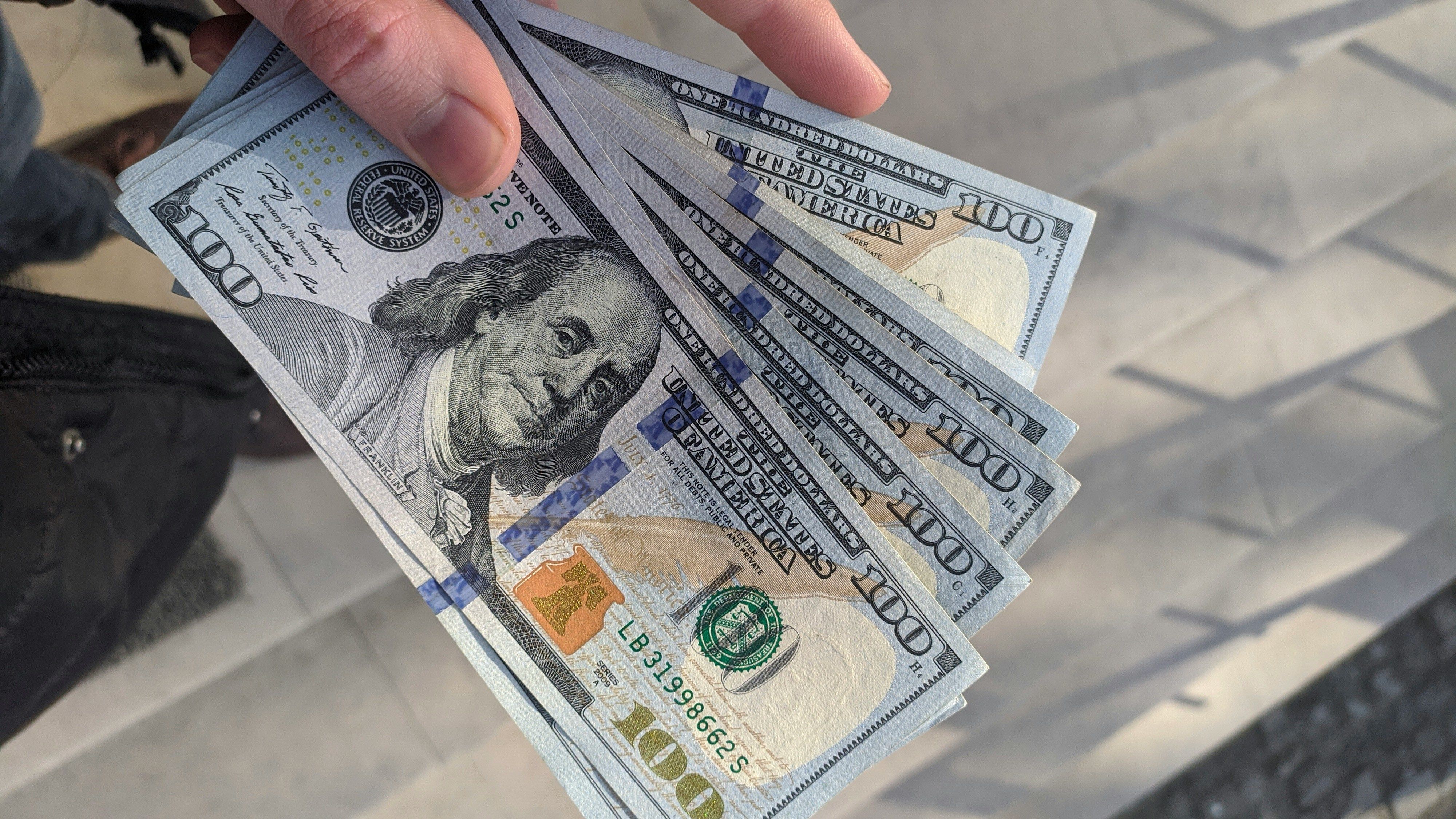
The price of the dollar also depends on the so-called trade balance. This concerns the exports and imports of the USA. If the country sells more than it buys, the demand for the dollar increases.
Currency Market and Investments
There are also several factors that indirectly affect the currency rates, including the dollar. Currency traders and investors may buy or sell dollars based on their expectations regarding future rates. This influences supply and demand, and therefore the dollar rate. However, a crisis, if it arises, also affects the dollar rate. Therefore, it is practically impossible to separate these two processes.
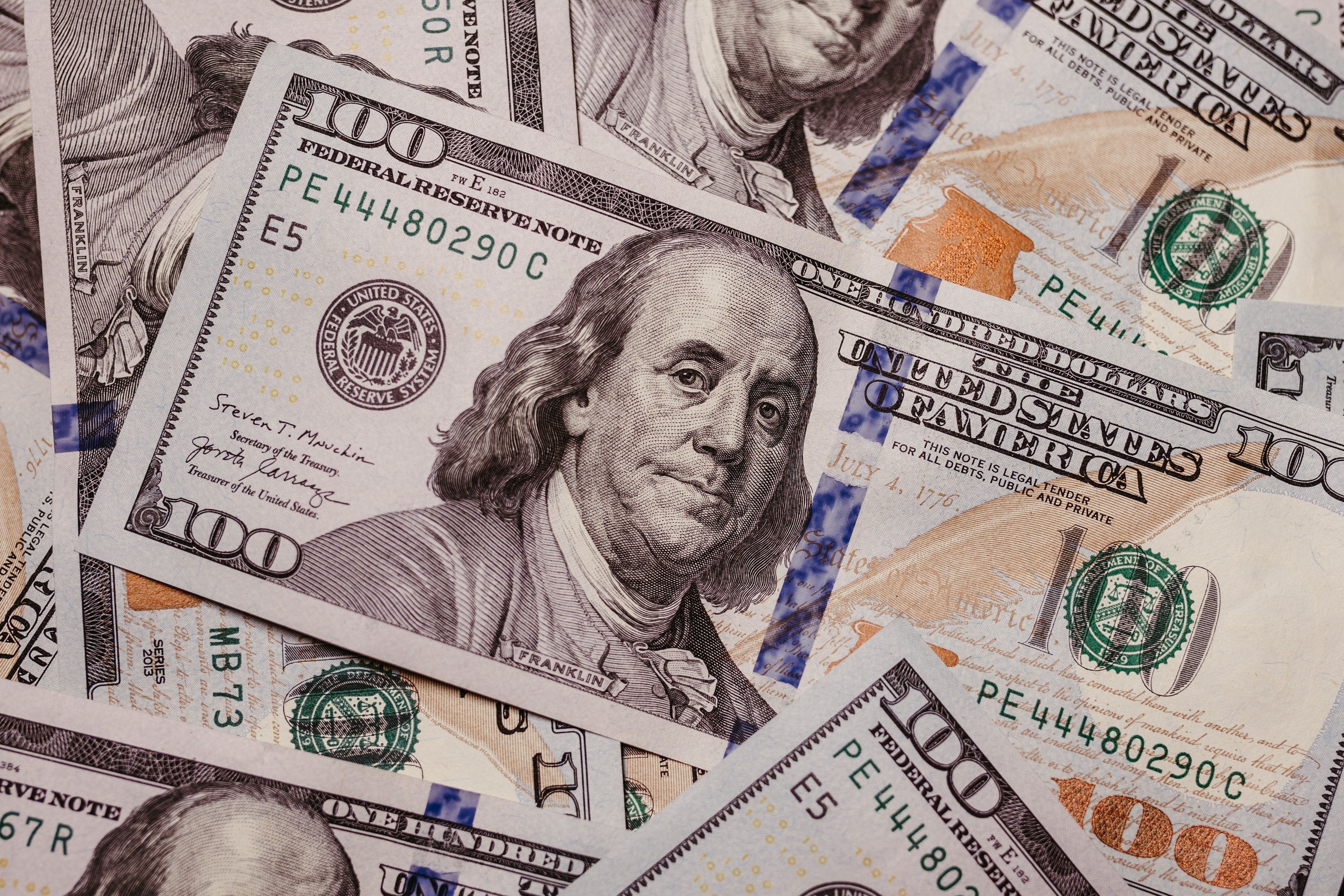
Regarding investment, if foreign companies and investors invest money in the USA, it increases demand for the dollar, which may strengthen it.
Overall, the dollar rate is formed based on a complex interaction of these factors in global financial markets. Understanding this system is not difficult, but fully controlling it is impossible.
Dollar Stability: Under What Conditions Is It Possible?
The future stability of the dollar depends on many factors, and predicting it with absolute accuracy is difficult. It concerns both growth and decline of the rate. However, upon some consideration, one can identify factors that can influence it (one or several at once).
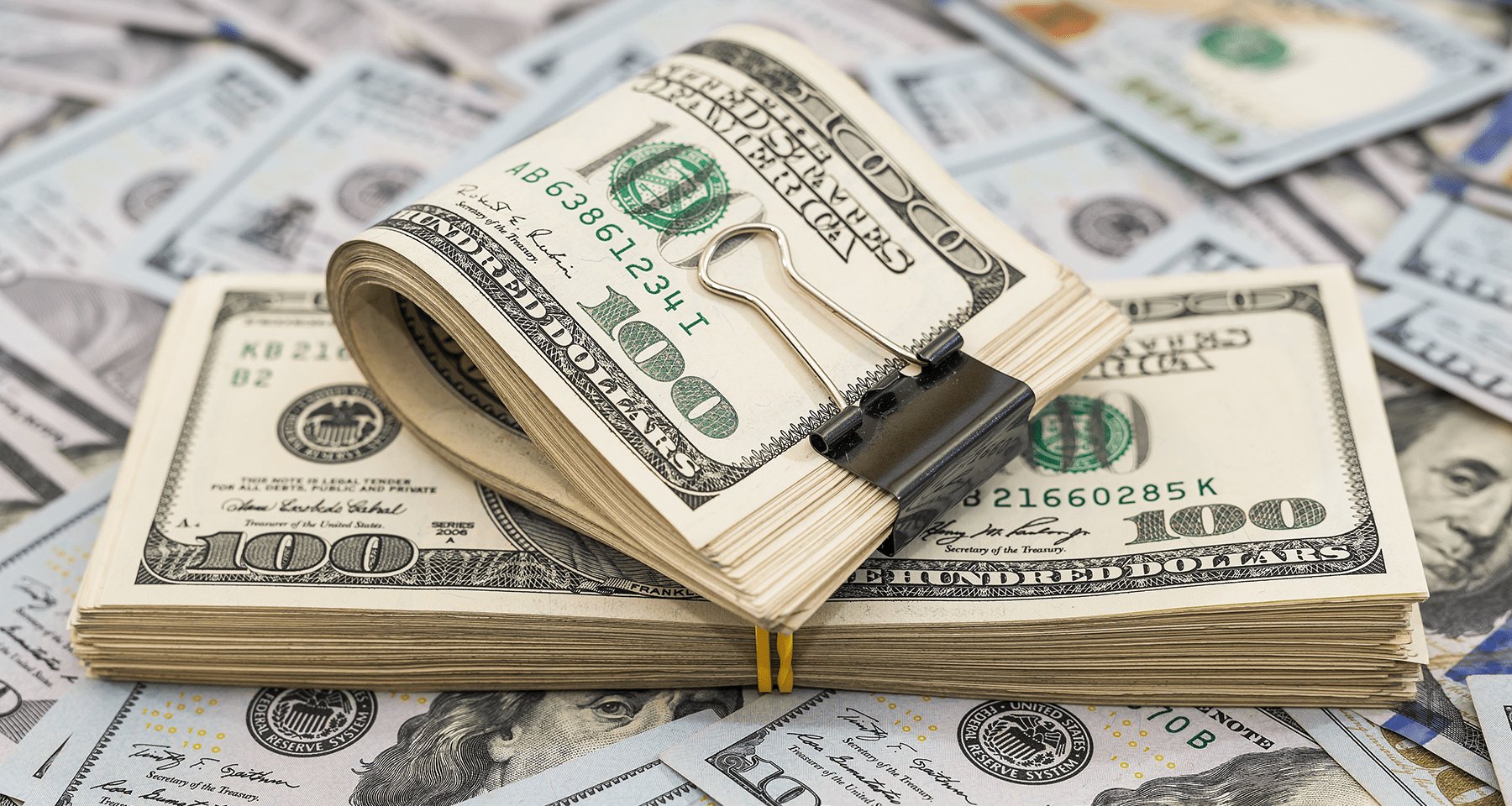
Factors Influencing Dollar Stability:
-
First and foremost, the situation within the country will always remain the most significant factor. Of course, the foreign policy of the USA is important too, but it still gives way to the situation inside the country. With the economic growth of the country, the dollar will undoubtedly continue to rise. Additionally, inflation will impact this process.
-
Together with foreign policy, interest rates will also influence the dollar rate. Any crises or wars are immediately reflected in the dollar rate and then the euro (these currencies are closely related). Conflicts, trade wars, or political instability in other countries can cause an increase in demand for the dollar. However, this dollar security cannot be permanent.
-
Monetary policies of other major economies. Policies of the central banks of other large economies (for example, the European Central Bank, Bank of Japan) can influence the stability of the dollar.
-
Technological changes and innovations. The development of new financial technologies and digital currencies can affect the demand for traditional currencies, including the dollar.
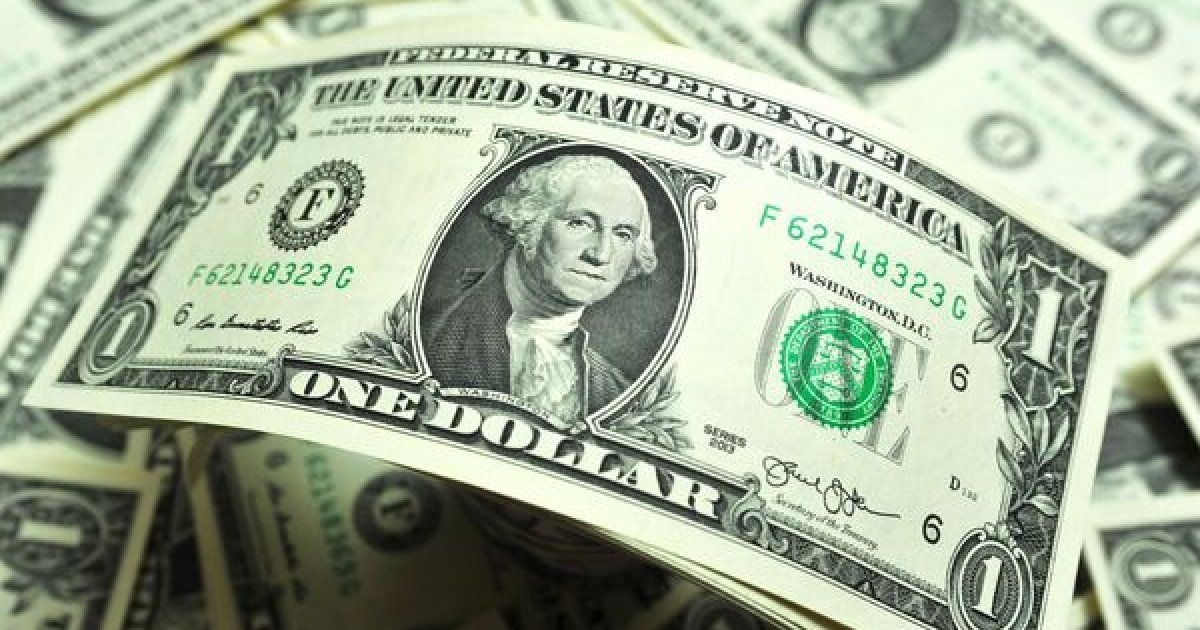
General forecast:
-
In the short term. The dollar may remain a stable currency due to its role in the global financial system as a reserve currency. Economic and political stability in the USA will support its rate.
-
In the long term. The dollar may face pressure due to global economic changes, innovations in financial technologies, and potential shifts in global economic trends.
The stability of the dollar depends on the complex interaction of many factors, and any significant changes in the economy, politics, or financial markets can influence its rate.
Read also
- Kyivstar has lowered the cost of tariffs for subscribers - who has discounts
- Types of foreign banknotes - which currency Ukrainians find in their wallets
- Last warning - what will change for individual entrepreneurs from August 1
- Ukrainians can access budget eggs - where to save significantly
- eOselya — who cannot qualify for affordable lending
- Koreans will build a waste incineration plant in Odesa - what are the timelines


